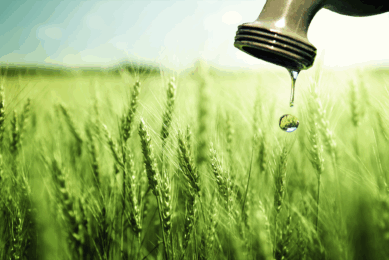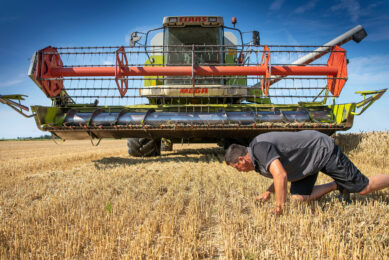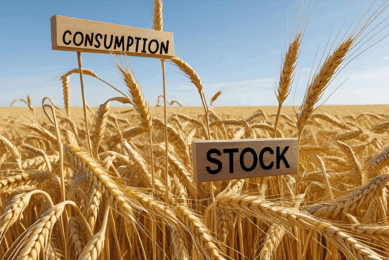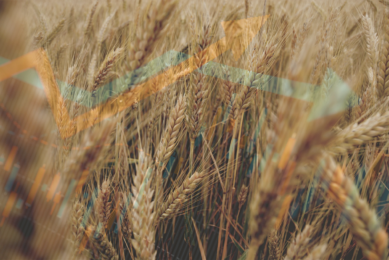Wheat not resilient enough against climate change
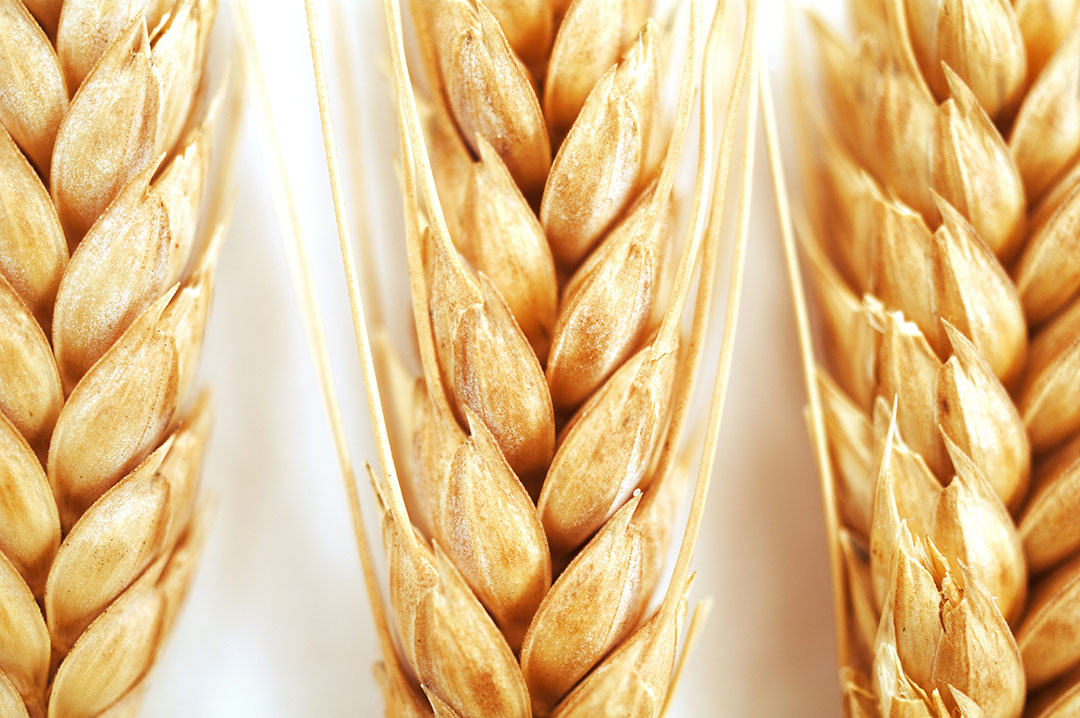
Food and feed crops such as wheat may not be resilient enough to withstand climate change, according to new research.
Food security relies on the resilience of staple food crops to climatic variability and extremes, but the climate resilience of European wheat is unknown. A group of European researchers therefore looked into this further and wrote down the results in the paper: Decline in climate resilience of European wheat, published in PNAS (Proceedings of the National Academy of Sciences).
Lack of climate resilience of crops
Climatic conditions have a big influence on the production and quality of the crops harvested. Earlier studies showed that climate variability and extremes are responsible for one-third of the global variability in crop yields. Climatic variability explains 31-51% of the variability in wheat yield in western Europe and 23-66% of the wheat yield variability in eastern Europe, while in southern Europe, climatic variability is responsible for 15-45% of the yield variability in Italy and Greece and more than 75% in southern Spain. This is why boosting the climate resilience of crops has become critical to stabilising food supply. Seed traders and farmers manage the climate resilience of crops annually by selecting sets of cultivars for sale and cultivation, while breeders contribute to the resilience in the long term by providing the diversity in responses among cultivars. At the same time, the capacity of a sole crop genotype to perform well under climatic variability is limited; therefore, a set of cultivars with diverse responses to weather conditions critical to crop yield is required.
100,985 observations
In this study, the researchers quantified the response diversity of wheat in 9 European countries (Finland, Denmark, Germany, Belgium, Czechia, France, Slovakia, Italy, and Spain). Th researchers identified the variation in response diversity on farmers’ fields and demonstrated the relation to climate resilience. The entire cultivar yield data set comprised 100,985 observations. The data show a decline in the response diversity of wheat in farmers’ fields in most European countries after 2002–2009.
The response diversity per country:
Per country, the situation per response diversity differs a bit or started later. The authors defined deserts (low diversity) and hotspots (high diversity).
Czech Republic: Sharpest decline in response diversity since 2002. This development may have contributed to the stagnation and increased variability in wheat yields in most of Europe during the same period, which has been mainly attributed to climate change. For the other countries we see:
- Germany: Decline began in 2003
- Spain: Decline began in 2005 or earlier (data not available)
- Slovakia: Decline began in 2006
- Denmark: Decline began in 2009
- Finland: Recent increase in response diversity
- Belgium: Since 2006 sharp variations and no increase
- France: No clear evidence of an increase after 2008
- Slovakia: A response diversity hotspot appeared in the trials in Slovakia
Introducing new incentives and regulation
This assessment suggests that current breeding programmes and cultivar selection practices do not sufficiently prepare for climatic uncertainty and variability. Therefore, more research is needed to advance the understanding of the genetic basis to yield and quality response to weather. The paper further state that the national action plans and the Common Agricultural Policy of the European Union are instrumental to removing the current disincentives and introducing new incentives and regulation for diversity in crop responses to climatic uncertainties. However, the authors address that regulation needs to imply sufficient flexibility to allow adaptive management and continuous collective learning. The European Commission might include effective diversification through assessment and management of response diversity in its toolkit of risk management measures for the use by the member states to support viable farm income and resilience to enhance food security.
Source: PNAS





